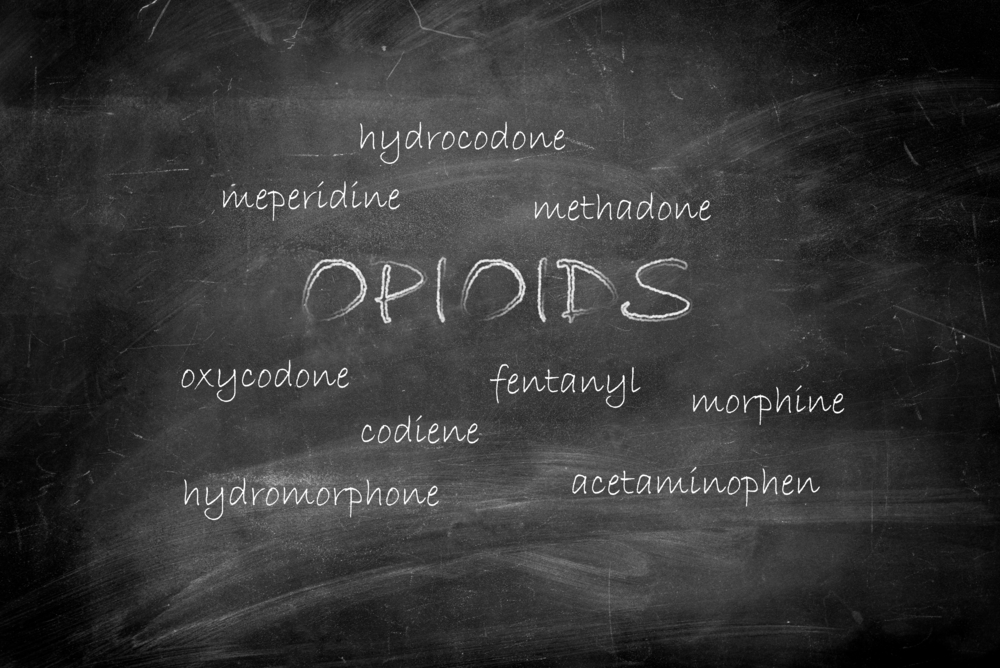Pain is a term that used by people to describe an unpleasant sensation that can range from mild, localized discomfort to agony. A review in the National Library of Medicine explains that from a strictly biological perspective, “pain is activation of the sensory nervous system’s nociceptive and hypothalamic-pituitary-adrenal axis and has been described as an aversive sensory and emotional experience typically caused by, or resembling that caused by, actual or potential tissue injury.” Chronic pain is typically defined as pain lasting at least 3 to 6 months or that which persists past the time for normal tissue healing. Chronic pain is a highly common condition, affecting an estimated 20% of people worldwide. The Centers for Disease Control and Prevention (CDC) points to evidence suggesting that certain treatments (e.g., nonopioid medications, nonpharmacological therapies, etc.) are safe and can provide relief to those suffering from chronic pain. Experts assert that chronic pain can have a “major impact on the physical and mental capacity to function in everyday life,” and profoundly affect a person’s quality of life and overall well-being. There are a variety of treatment options available for individuals with chronic pain. Opioids are a type of drug used to alleviate one’s pain. According to the National Institute on Drug Abuse (NIH), “Opioids are a class of drugs that include the illegal drug heroin, synthetic opioids such as fentanyl, and pain relievers available legally by prescription, such as oxycodone (OxyContin®), hydrocodone (Vicodin®), codeine, morphine, and many others.” The way opioids work is by depressing the central nervous system and adjusting the amount of information surrounding pain that is relayed to various areas of one’s body, which in turn reduces one’s perception of pain. When ingested, opiates bind to the opioid receptors in one’s brain, spinal cord, gastrointestinal tract, and other organs in the body which regulate one’s breathing as well as the perception of pleasure and pain, thereby inducing a pain-relieving effect. It is rare to treat an individual struggling with chronic pain after battling an opioid addiction with opioid medications. However, recovery from chronic pain is possible through a combination of therapy and effective medicines, and studies show the use of non-medical approaches (e.g., psychotherapy, exercise, yoga, meditation, etc.) as an effective pain treatment. The Agency for Healthcare Research and Quality (AHRQ) list a variety of nonopioid pharmacologic treatment options used specifically for the treatment of chronic pain. Appropriate prescribing of nonopioid pharmacologic treatments will depend on one’s diagnosis, symptoms, pain type, comorbid conditions, and overall risk for adverse drug events. The complexities of chronic pain require a multidisciplinary approach to pain management. A customized treatment plan that considers an individual’s unique circumstances and is tailored to address his or her nuanced and distinct needs is essential to the efficacy of treatment.
For Information and Support
Every family in need of mental health treatment must select a program that will best suit the needs of their family. When one member of a family struggles, it impacts everyone in the family unit. To maximize the benefits of treatment we work closely with the entire family to ensure that everyone is receiving the support they need through these difficult times. Seeking help is never easy, but you are not alone! If you or someone you know needs mental health treatment, we strongly encourage you to reach out for help as quickly as possible. It is not uncommon for many mental health difficulties to impact a person’s life, long term. Pursuing support at the beginning of one’s journey can put the individual in the best position to learn how to manage themselves in a healthy way so they can go on to live happy and fulfilling lives.
OUR KNOWLEDGEABLE ADMISSIONS TEAM CAN BE REACHED 24/7 AT INFO@PACIFICRTC.COM OR CALL: 800-531-5769






